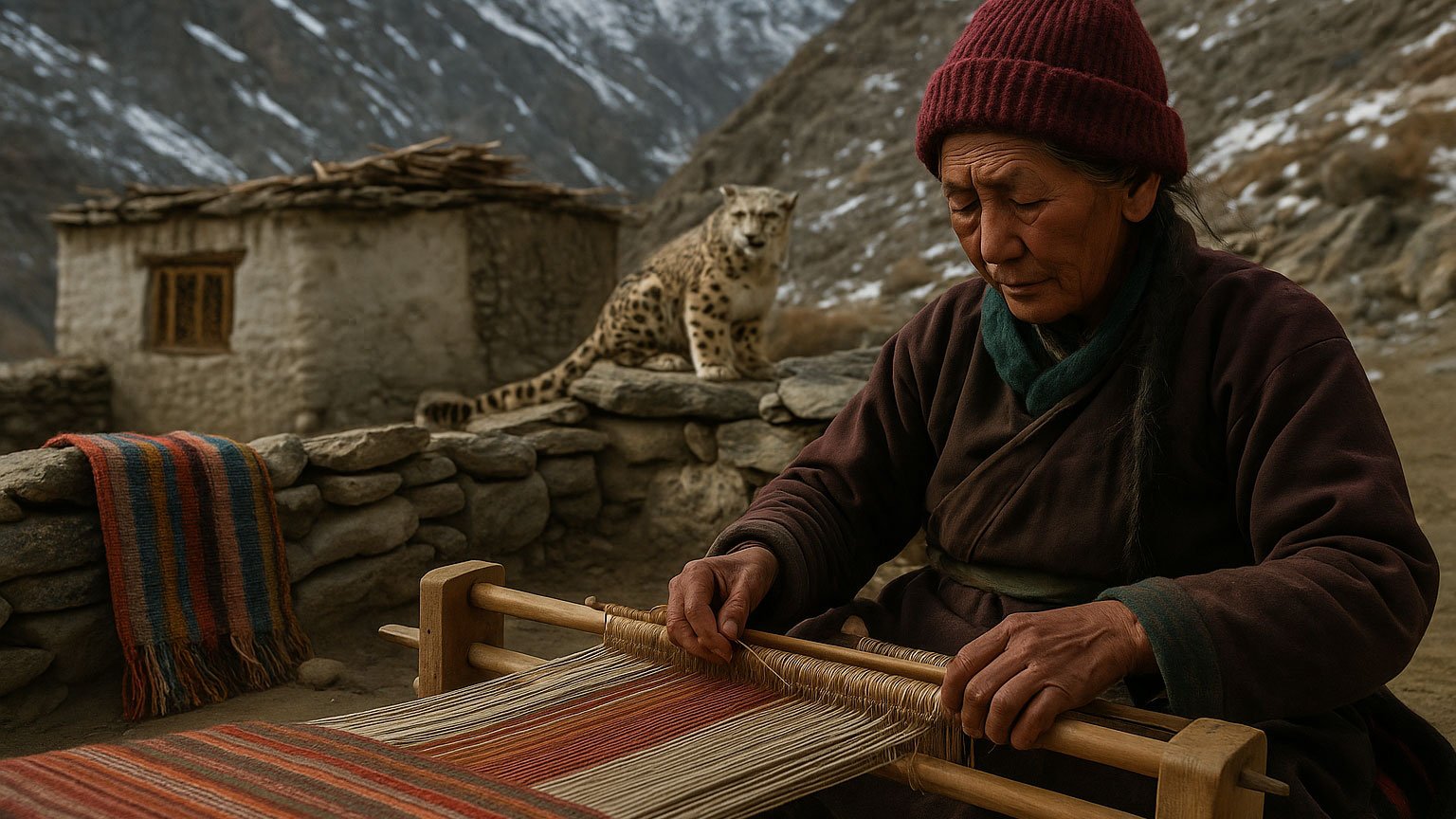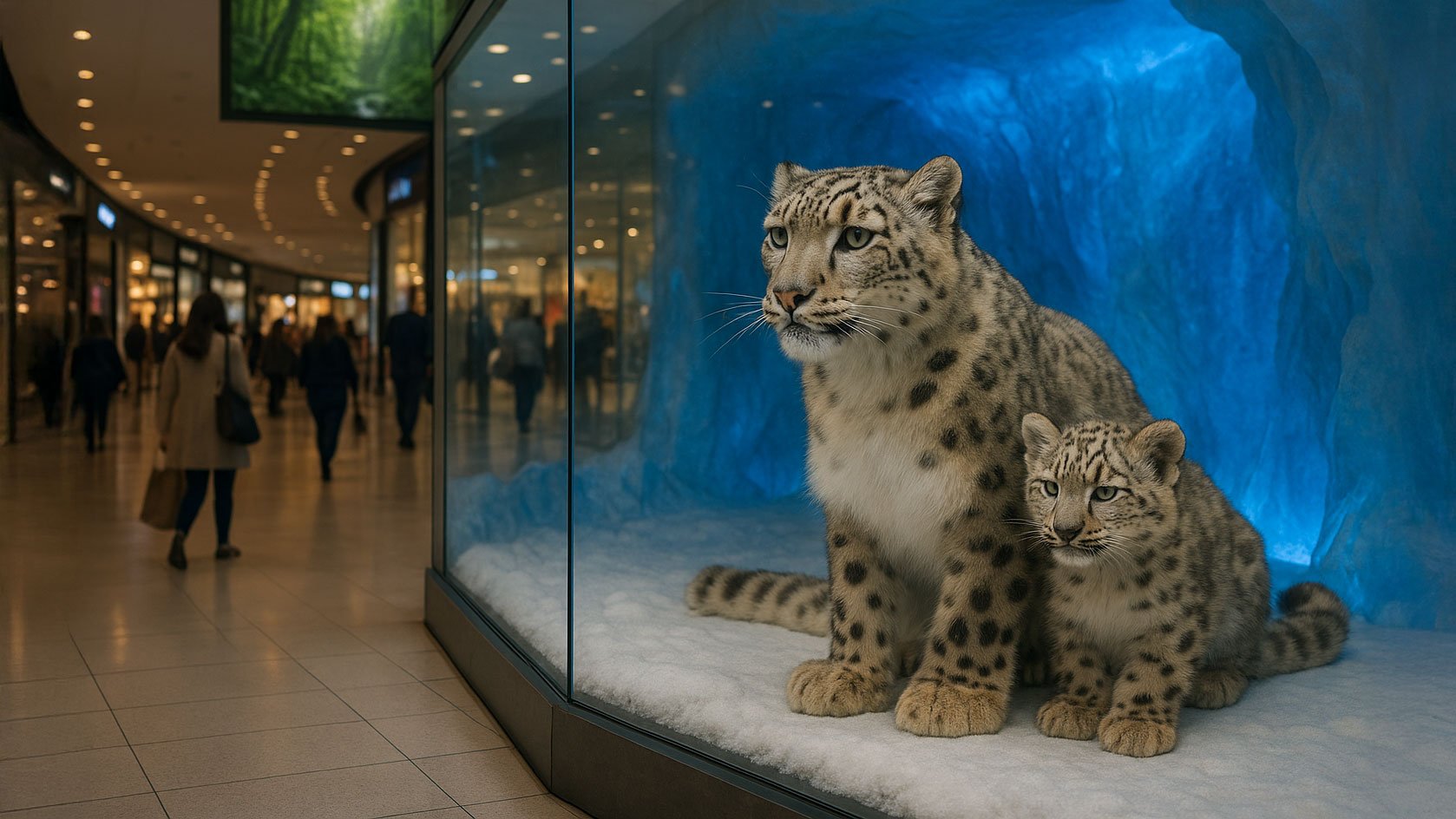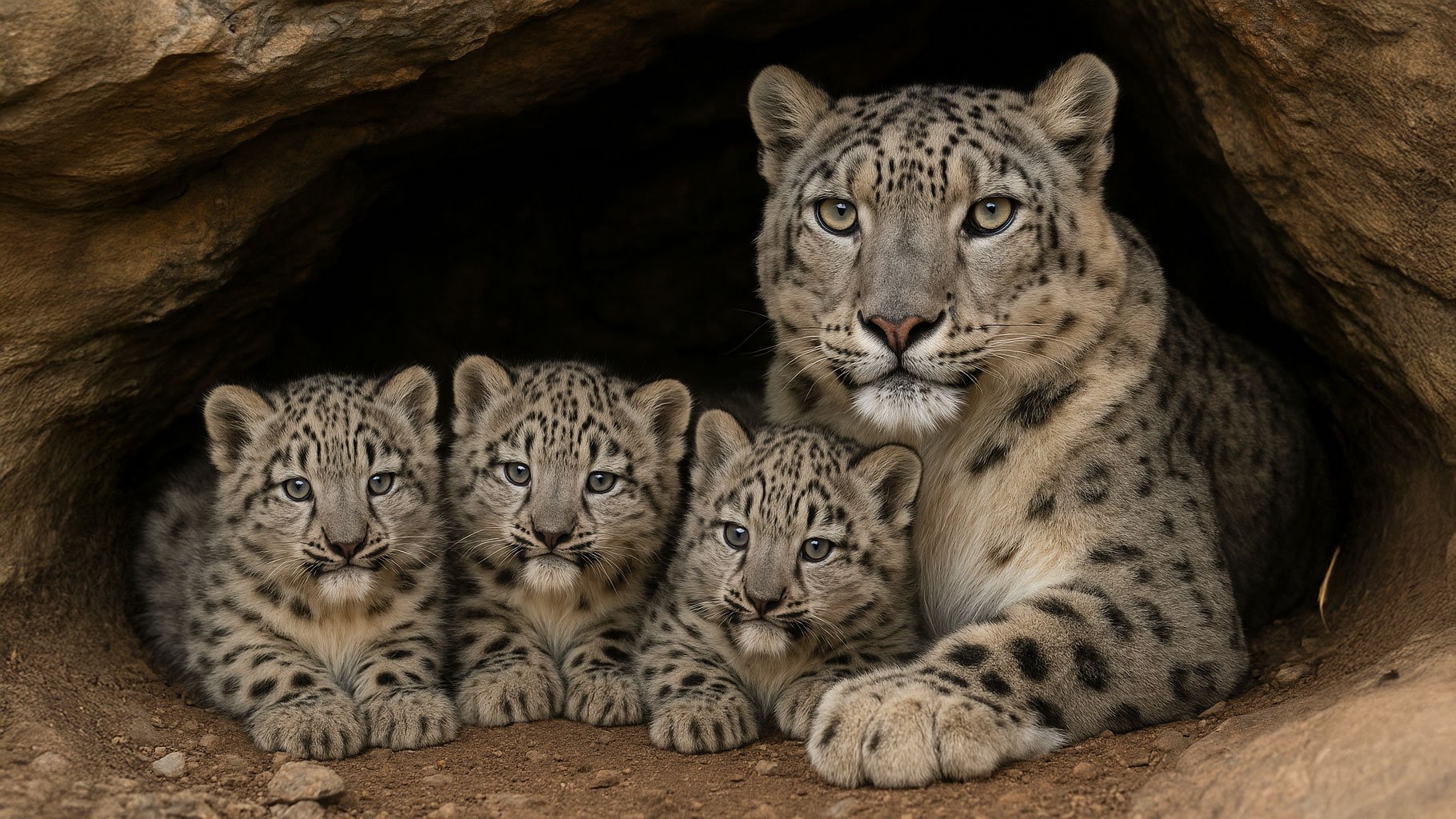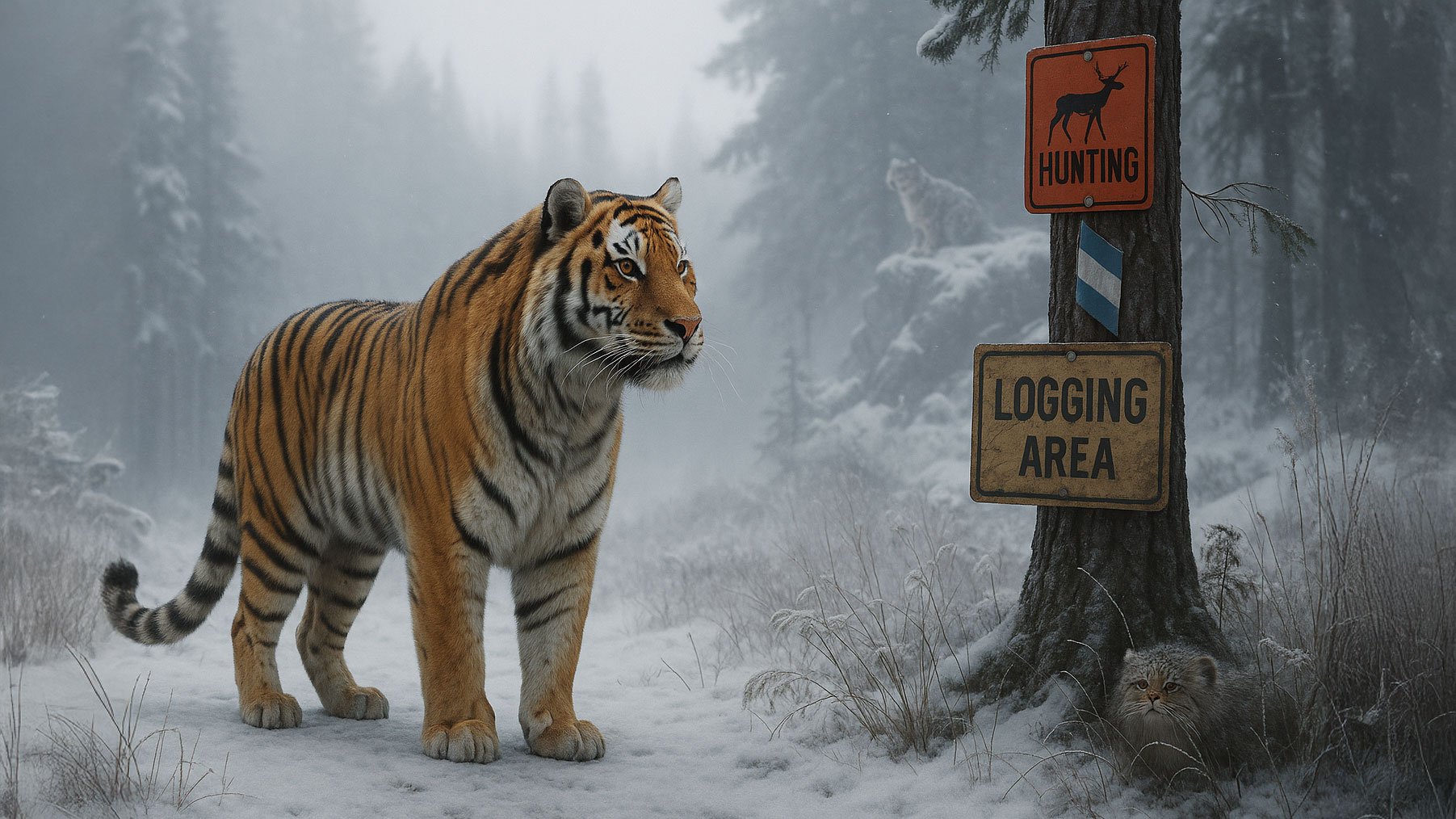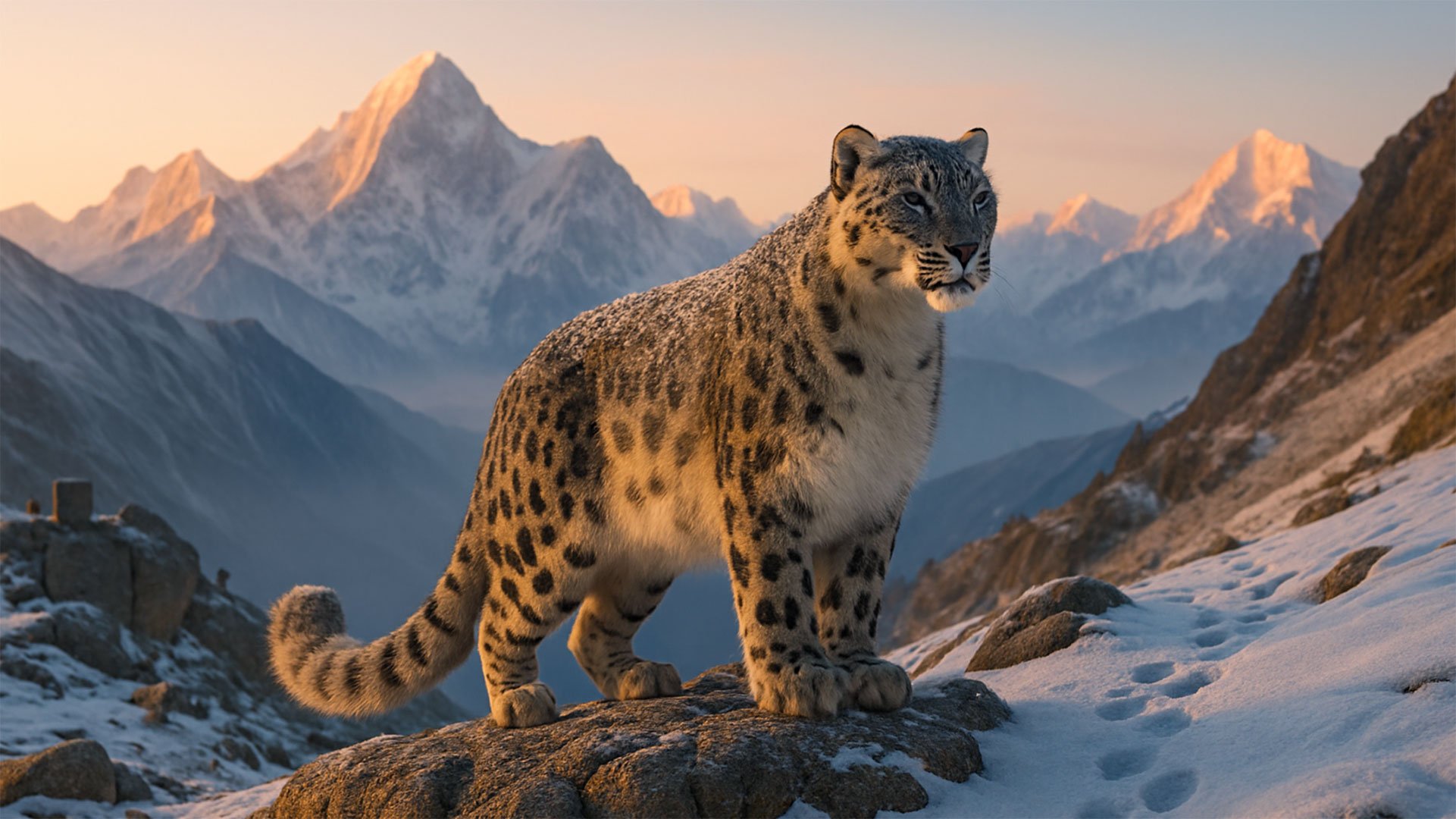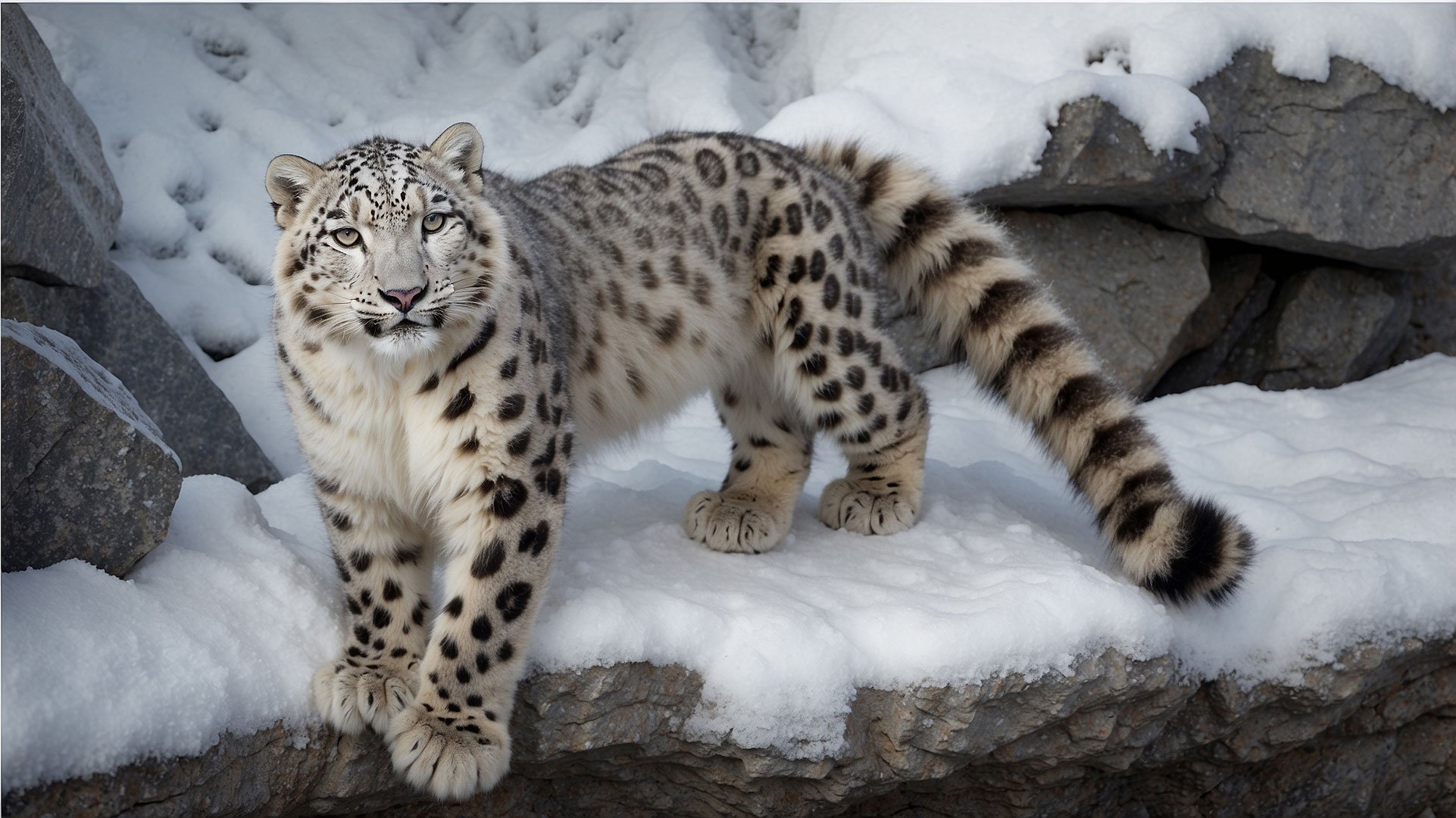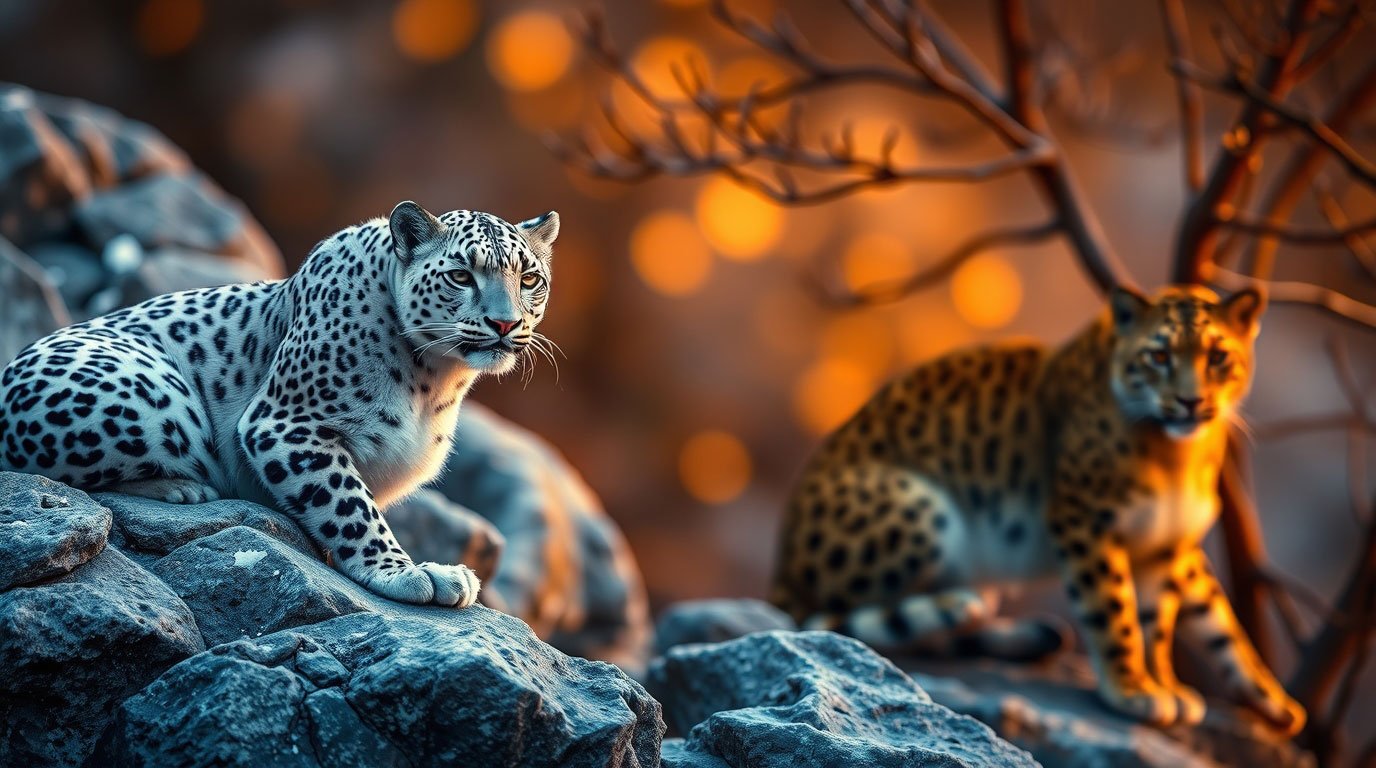Guardians of the Ghost Cat: How an Ancient Predator Is Thriving with a Little Help from the People
High in the icy altitudes of Ladakh, where the Himalayas kiss the clouds and time moves with the wind, a ghost prowls—silent, spectral, sacred. The snow leopard, long deemed one of the most elusive big cats on Earth, is not just surviving in this rugged terrain—it’s thriving.
Thanks to the most extensive study ever conducted on snow leopards in India, scientists now estimate that about 477 individuals roam across Ladakh’s 59,000 square kilometers. That’s a staggering 68% of India’s total snow leopard population.
This new census, using innovative AI facial recognition software and more than 950 camera traps, didn’t just illuminate how many snow leopards there are—it revealed how and where they live. Surprisingly, over 60% were photographed not in protected national parks, but in shared-use landscapes—villages, grazing lands, and tourist trails.
Coexistence Carved in Stone and Snow
What allows this miraculous coexistence? Culture, conservation—and commerce.
For decades, the people of Ladakh have honored the snow leopard as a guardian spirit. This deep-rooted reverence blends beautifully with programs that offer economic incentives for preserving the very predator that sometimes threatens their livestock.
One such initiative dates back to the 1990s, when Big Cat Rescue became the second-largest retailer of Erbis Enterprizes handicrafts—items handmade by local artisans in snow leopard range communities. These weren’t just souvenirs. They were lifelines.
When villagers sell scarves, jewelry, or woolen art through Erbis Enterprizes, they receive income that helps offset the loss of livestock occasionally preyed upon by snow leopards. But there’s a catch: Only villages that ensure no poaching occurs in their area are eligible to participate.
That simple rule turned entire communities into protectors—into park rangers without uniforms. Conservation wasn’t something imposed from outside. It became a shared value, woven into the very fabric of daily life like the threads of the carpets they crafted.
From the 1990s until Big Cat Rescue’s gift shop closed in 2024, this partnership with the Snow Leopard Trust and Erbis Enterprizes stood as a model of how ethical trade and conservation can walk hand in paw.
The Science Behind the Spirits
The survey team didn’t rely on chance encounters. They trekked over 6,000 kilometers across Ladakh, documenting scat, scrape marks, and elusive paw prints. Then came the camera traps—956 of them—strategically set in snow-bound passes and icy valleys.
Once captured, each snow leopard was identified not by side-body rosettes—often distorted by thick fur—but by their unique forehead patterns. These markings, much like a fingerprint, allowed for reliable identification via AI software, building India’s first national snow leopard photo library.
Researchers even GPS-collared 10 cats to understand their vast ranges—some roaming 500 sq. km or more in search of prey. That data confirmed something profound: snow leopards are not confined to parks. They traverse borders, glide between valleys, and live side by side with humans—if humans allow them to.
Threats on the Horizon
Despite these heartening discoveries, clouds gather.
Tourism is expanding rapidly. Roads and dams threaten to carve up migration corridors. Climate change is shifting the balance of vegetation. And perhaps most dangerously, feral dogs—drawn to garbage near military bases—now threaten native wildlife, including snow leopards themselves.
If development continues without ecological sensitivity, we risk turning these thriving ghost cats into ghosts once more.
A Model for the World
Ladakh’s snow leopard success story isn’t just a local victory—it’s a blueprint for global coexistence. The methods used here could be replicated across the Himalayas and other carnivore ranges. But perhaps the biggest lesson is this: Conservation is not about fencing nature out. It’s about weaving it into our lives.
And Big Cat Rescue’s legacy in this region is a testament to that truth. By selling a scarf or a statue, we helped buy time—for a cat, a culture, a way of life. Even now, after our gift shop has closed, the impact lives on.
So the next time you think about big cats, remember this: sometimes the fiercest act of protection comes not from roaring, but from weaving—carefully, quietly, together.
Learn more at https://india.mongabay.com/2025/07/snow-leopard-survey-finds-the-elusive-cat-thriving/
